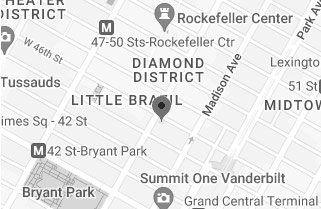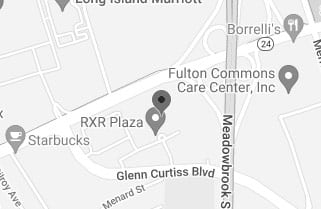Is it time to repeal jaywalking laws? A new column in Bloomberg CityLab argues it is, citing their alleged role in systemic racism. The column points out that in September, a Black man in San Clemente, California, was shot and killed during an altercation with police when he tried to cross a street. “Black and Brown people, especially men, are routinely targeted by police for jaywalking or simply existing in public space,” the authors write, noting that while some infractions result in fines, others result in violence or death.
The column’s authors, who are both “experts on pedestrian safety” in the US, go on to argue that the rise of pedestrian deaths over the last ten years demonstrates the ineffectiveness of jaywalking laws when it comes to public safety. Then they lay out nine reasons to get rid of them in the US.
According to CityLab, jaywalking is a fairly recent concept invented by “auto industry-aligned groups in the 1930s.” Before cars reigned in US cities, pedestrians were prioritized in right-of-way laws. Then cars were introduced, turning cities into “sites of increasing carnage,” with 200,000 fatalities caused by cars in the 1920s. As a result, car manufacturers “sought regulations that would shift blame away from drivers.” One solution they came up with was jaywalking laws.
The authors argue further that jaywalking laws normalized car-related pedestrian deaths by turning jaywalking into a moral wrong. “We see this reflected today in media reports of pedestrian deaths where the convention is to note the victim ‘wasn’t in the crosswalk,’ they write, noting that some slain pedestrians are described as “lazy” or “stupid,” when really they did not deserve to die for jaywalking, especially given the pedestrian-hostile design of so many American streets. “Pedestrian deaths in cities around the country are concentrated on certain types of roads: wide, fast arterials,” the authors write, many of which are “concentrated in Black and Brown neighborhoods,” and lack proper crossing infrastructure.
Proponents of jaywalking laws argue that they make pedestrians and drivers safer. According to the authors, this contention is not supported by reality: research suggests that “pedestrians are struck in crosswalks almost as often (25% of the time) as they are struck midblock (26%),” and that they in almost half of crushes they get hit “outside of typical pedestrian crossing scenarios,” such as on sidewalks. Additionally, jaywalking pedestrians “are often behaving rationally,” for instance in reaction to delayed crossing signals or a paucity of crosswalks. The authors argue that jaywalking laws do not account for the fact that jaywalking may well “be the most rational choice given a host of bad options” for pedestrians. And as they noted at the beginning of the column, the laws “are not enforced fairly,” with Black people disproportionately targeted by police in stops that often take an “explosive” turn to violence.
All things considered, the authors argue that the elimination of jaywalking laws, combined with traffic enforcement models that “deemphasize police in favor of crash investigators who are trained to help promote infrastructure changes that improve safety,” will benefit society as a whole. They also propose other reforms, such as “increasing diversity within law enforcement to enhanced data tracking, police training, inclusivity and investment in new social and criminal justice programs.”
Contact our attorneys to discuss your car accident case.



